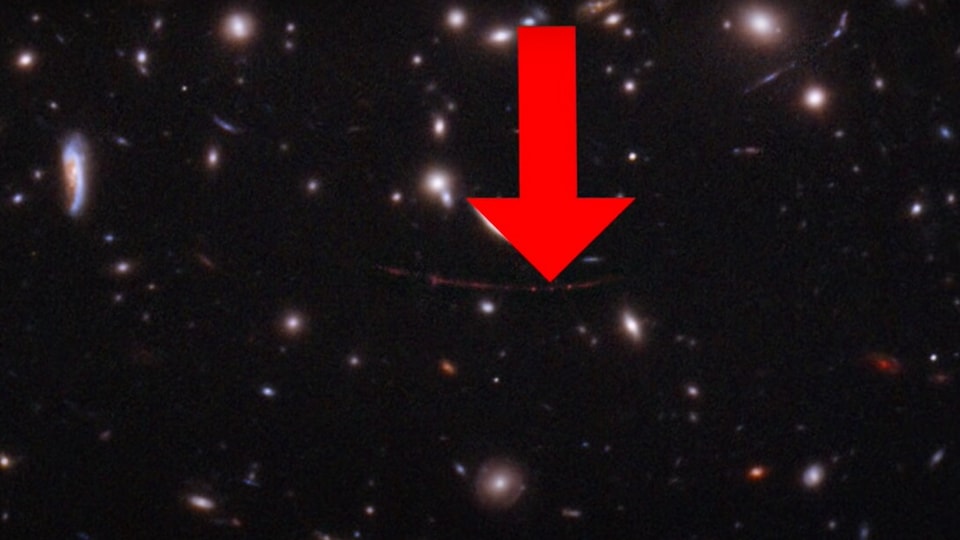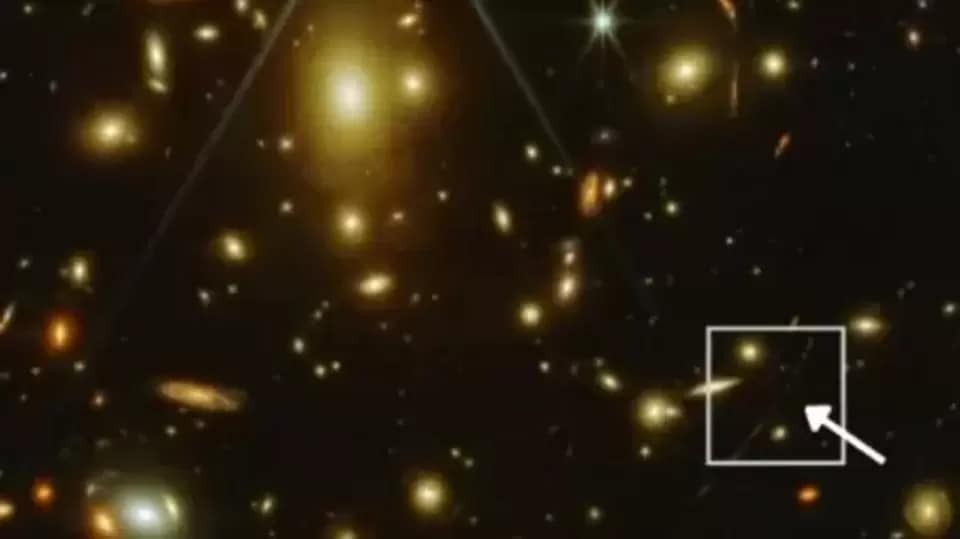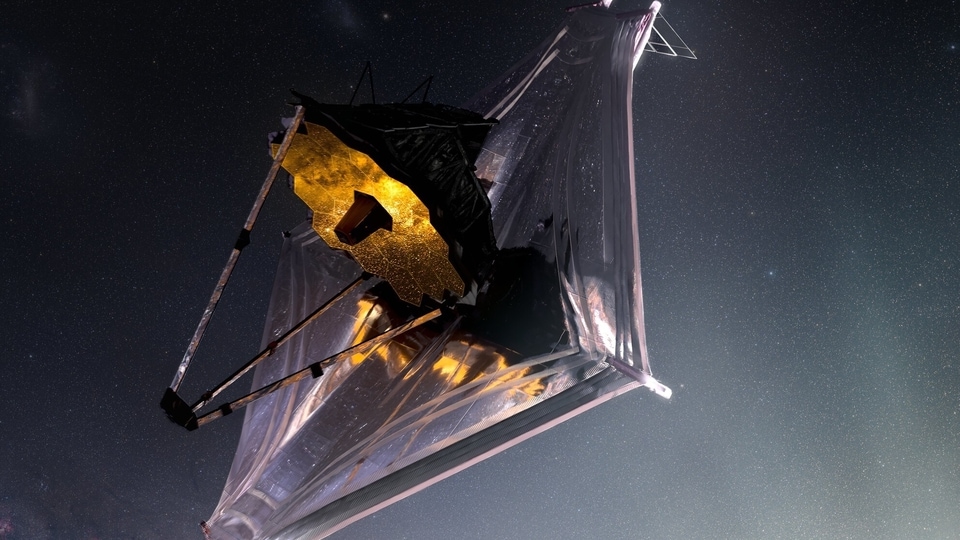When stars explode: Forget solar storm causing CME, just check out stellar surface mass ejection
If you thought that strong coronal mass ejections (CME) that can cause intense solar storm activity on Earth was the worst thing a star’s emission was capable of, wait till you find out about stellar surface mass ejection (SSME).





_1660313566872_1660366544952_1660366544952.jpg)
 View all Images
View all ImagesFor decades, scientists have been worried about the disastrous impact of the most destructive G5 solar storms on Earth. By even the most optimistic estimates, it would damage a large number of satellites, cause power grid failures and defunct GPS, mobile connectivity and internet services for 6 months to an year. But recently, the Hubble Space Telescope has captured something that has truly terrified astronomers. Capturing the stellar surface mass ejection (SSME) of the bright red supergiant star Betelgeuse, it was recorded that compared to a typical G5 solar storm causing coronal mass ejection, it sent about 400 billion times more mass in space. That is enough to burn the Earth to a crisp, many times over. So, can our Sun ever do this to us? Read on to find out.
The event itself is not new. The Red Supergiant star Betelgeuse disintegrated a large part of its surface and sent it across space in 2019. The tenth-brightest star in the night sky displayed the first-ever recorded case of surface mass ejection, which was something scientists did not even think was possible. NASA reported that the supergiant lost a significant amount of mass and dimmed down after the event. And now, it is finally recovering from the incident and regaining its glow. But while Betelgeuse can survive blowing its top off, the same might not be true for surrounding celestial bodies. And if our Earth were to be on the receiving end of it, it would not survive it either.
Noting the incident, Andrea Dupree, from the Harvard and Smithsonian Center for Astrophysics said, "We've never before seen a huge mass ejection of the surface of a star. We are left with something going on that we don't completely understand. It's a totally new phenomenon that we can observe directly and resolve surface details with Hubble. We're watching stellar evolution in real time".
Can a similar gargantuan solar storm hit the Earth
Nothing can be said for sure as we do not fully understand the SME incident but scientists believe such an erratic explosion is definitely not common among stars, especially smaller and more stable stars like our Sun. So, while we cannot fully rule out being hit by a surface mass ejection in future, for now, it is very unlikely. Right now, our biggest enemies are the sunspots, CME and the solar winds that take down communication systems on a regular basis.
Catch all the Latest Tech News, Mobile News, Laptop News, Gaming news, Wearables News , How To News, also keep up with us on Whatsapp channel,Twitter, Facebook, Google News, and Instagram. For our latest videos, subscribe to our YouTube channel.




























